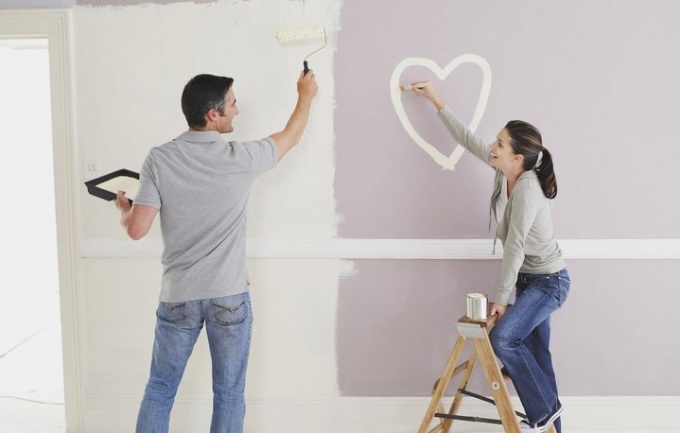You will need
- - cement-sand or gypsum mixture;
- beacons and Reiki;
- - building level;
- - trowel;
- - plasterboard;
- - reinforced mesh;
- - plaster mastic;
- - metal guides;
- - primer.
Instruction
1
If you are going to align the wall in the kitchen under the tile or wall using the plaster, then take this cement-sand or gypsum mixture. The advantage of plaster of alignment is that this method does not take room space, because plaster is applied directly to the surface of the wall. The work was quality, and the wall as even as possible, use plaster square, beacon or Reiki. They will help to keep the same thickness on the entire surface of the uneven walls.
2
Take the trowel and use it to start to "throw" the chosen plaster mix onto the wall. Do not cover plaster the whole wall, and straighten it in small sections. Allow the mixture to dry slightly and start removing the Pro-level beacons, parts of the solution. Do not throw away the excess and adding a little water, use them to grout the gaps between the already applied solution. Don't push a solution to avoid the ugly depression.
3
Less time consuming and more convenient way of clearing the kitchen wall involves the use of drywall sheets. This method has both advantages and some disadvantages. For example, to use the drywall to align the kitchen wall that is intended to hang heavy cabinets or shelves, not always correctly. The same applies to large irregularities (10 cm), which will be hard to disguise a gypsum sheets. In this case, the alignment of the plaster and using a reinforcing mesh of fiberglass or of metal.
4
Mount the drywall on a metal or wooden crate. You can mount it directly on the wall using a plaster of mastic, which consists of plaster and bone glue (two percent solution). The lack of alignment of plasterboard walls in the kitchen to reduce space up to 5 cm, for small areas very significantly. After the alignment (both drywall and plaster) make sure priming the surface and only after that you can start to finish.
